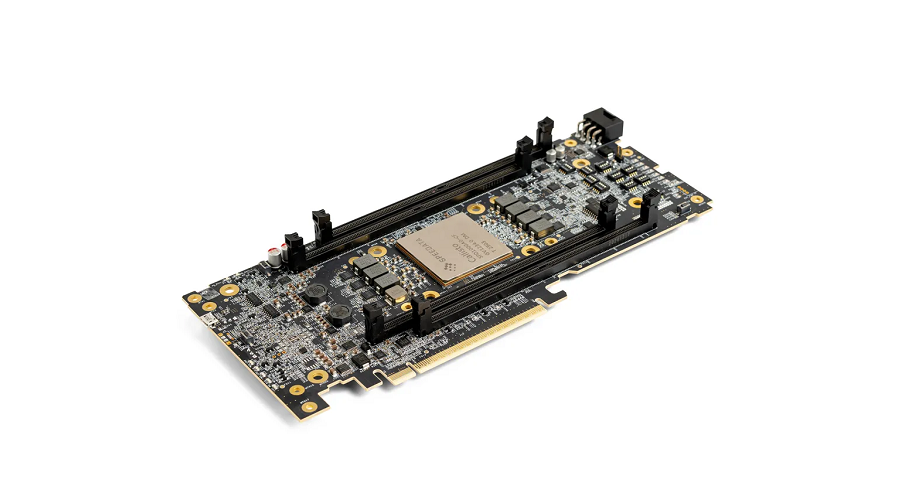Speedata Ltd, the developer of a chip optimized for data analytics such as Apache Spark, has raised $44 million in funding.
The startup announced the Series B investment today. It included the participation of Walden Catalyst Ventures, 83North, Koch Disruptive Technologies, Pitango First and Viola Ventures. The investment firms were joined by Intel Corp. Chief Executive Officer Lip-Bu Tan and Mellanox Technologies Ltd. co-founder Eyal Waldman.
Tel Aviv-based Speedata offers an accelerator card called the C200. It can be attached to servers via a standard PCIe port to speed up data analytics workloads. According to Speedata, the C200 doesn’t require significant code or infrastructure changes to use, which makes it relatively simple to deploy.
The card is based on a custom chip called Callisto. Speedata says that it performs analytics tasks more efficiently than central processing units or graphics cards. Callisto’s performance stems partly from its use of a relatively new chip architecture known as CGRA that Speedata’s founders helped develop. Similarly to field programmable gate arrays, or FPGAs, a GCRA chip can be programmed for specific tasks to increase the speed at which it competes those tasks.
If users run the same SQL query on two different datasets, the query might carry out two entirely different sets of calculations. The reason is that analytics queries often contain so-called branching logic. This means that the calculations performed by a query vary based on the data it processes. Many common data analysis tasks involve branching logic.
Graphics cards sometime struggle to process branching logic efficiently. The reason is that some of a graphics card’s threads, or units of computing power, are left unused while it’s running queries that contain branching logic. Speedata’s Callisto chip doesn’t share that limitation, which allows it to use threats’ processing capacity more fully. The result is an increase in query performance.
Callisto also includes a number of other performance optimizations.
When performing data analysis tasks, a graphics card must expend a significant amount of processing power on coordinating its different computing modules. The GCRA architecture on which Callisto is based relegates coordination tasks to the computing modules themselves, which reduces the associated overhead. That makes more processing capacity available for queries.
Many analytics applications store their data in a format known as an Apache Parquet. Before a Parquet file can be processed, its contents have to be extracted through a multistep process. This process involves repeatedly moving the file to and from memory, which takes time. Callisto extracts Parquet files’ contents without moving them off-chip to a remote memory device and thereby speeds up processing.
Speedata says that its chip is significantly faster than less specialized silicon. In one test detailed by the company today, Callisto ran an unspecified pharmaceutical workload about 280 times faster than a competing processor. Speedata says that the chip also being tested beyond the healthcare sector by organizations in the finance, insurance and advertising technology markets.
“Everyone knows that AI inference will transform our lives, but none of that happens without data analytics first,” said Speedata CEO Adi Gelvan.
The company will use its new funding round to finance go-to-market initiatives.
Image: Speedata
Your vote of support is important to us and it helps us keep the content FREE.
One click below supports our mission to provide free, deep, and relevant content.
Join our community on YouTube
Join the community that includes more than 15,000 #CubeAlumni experts, including Amazon.com CEO Andy Jassy, Dell Technologies founder and CEO Michael Dell, Intel CEO Pat Gelsinger, and many more luminaries and experts.
“TheCUBE is an important partner to the industry. You guys really are a part of our events and we really appreciate you coming and I know people appreciate the content you create as well” – Andy Jassy
THANK YOU
